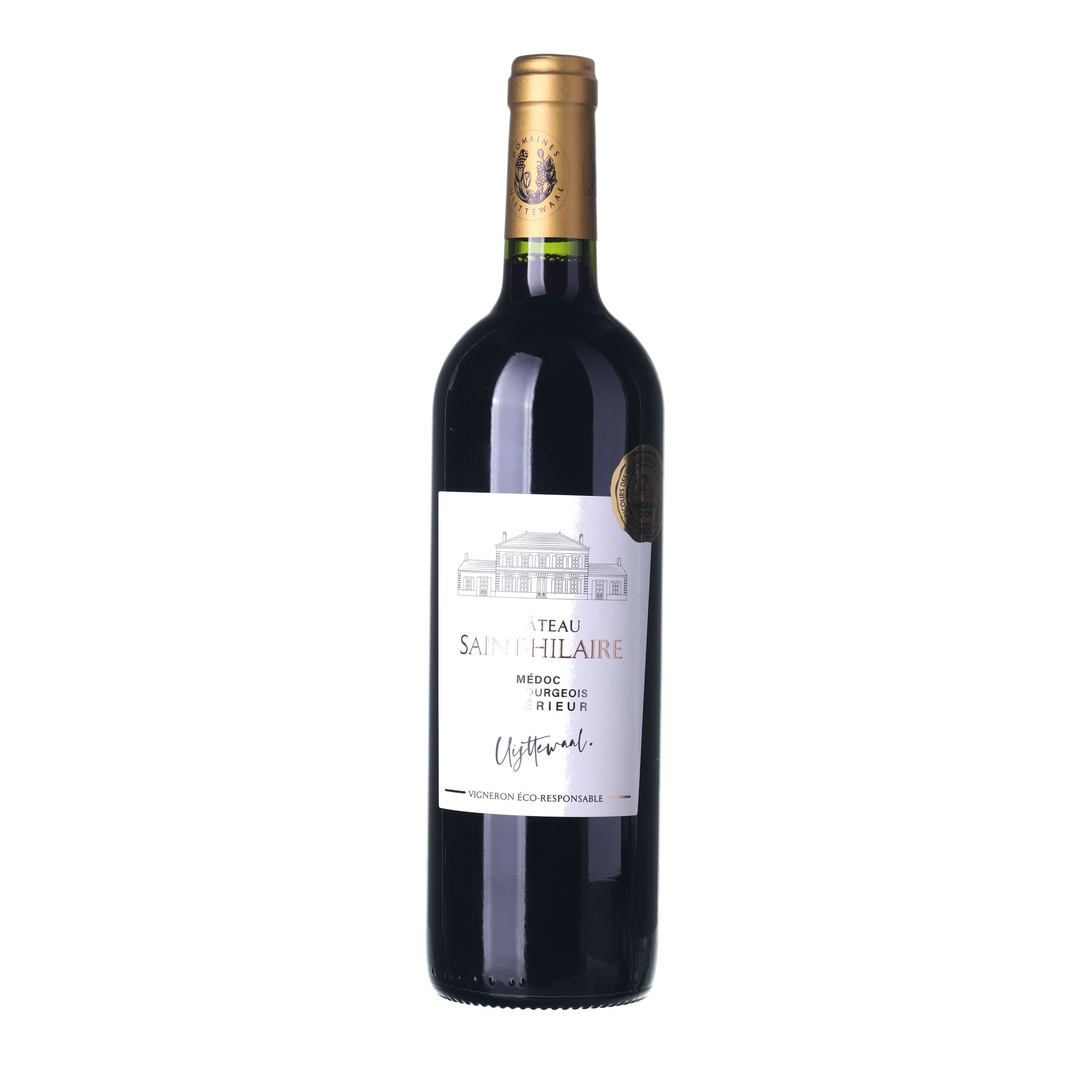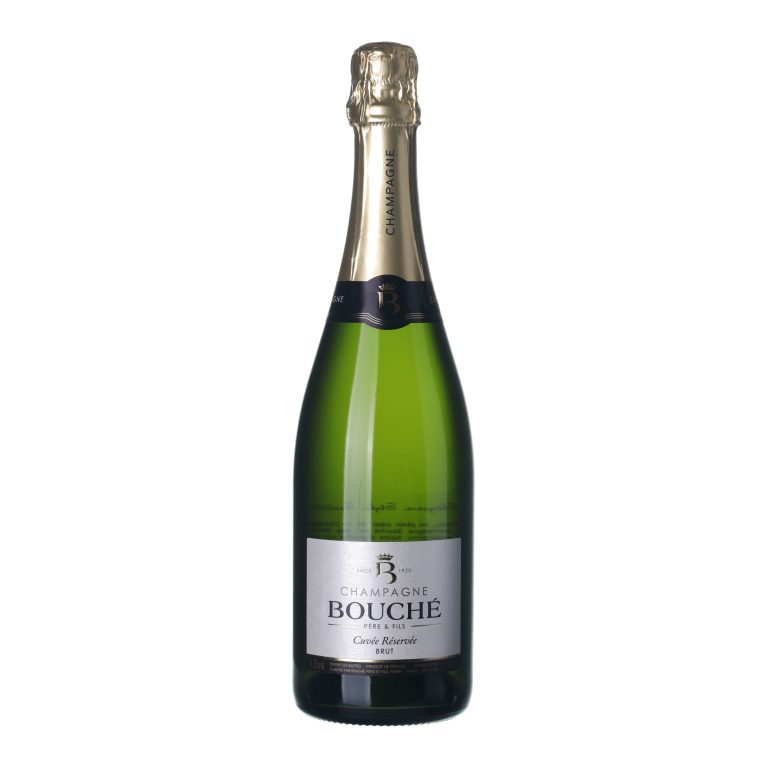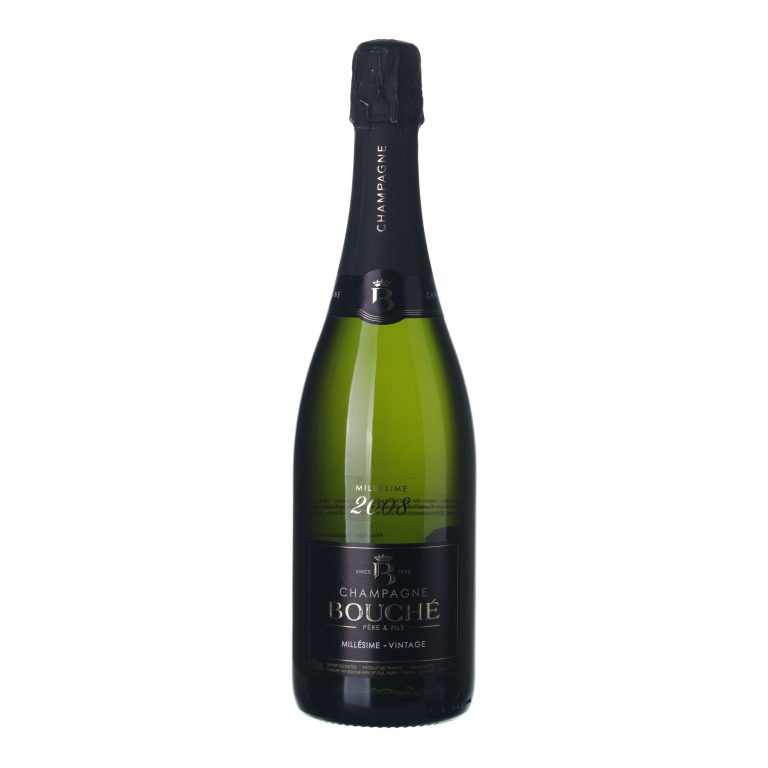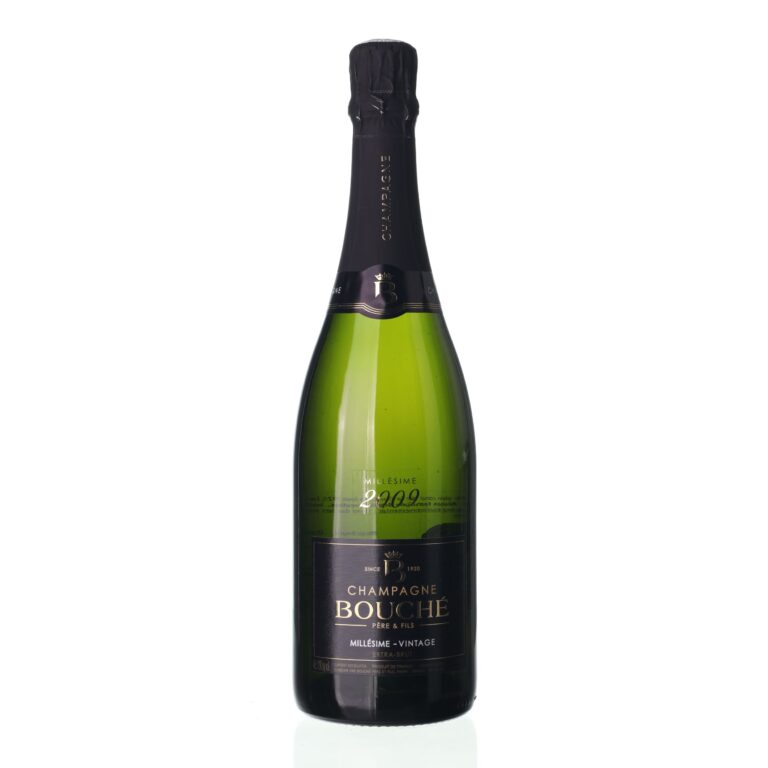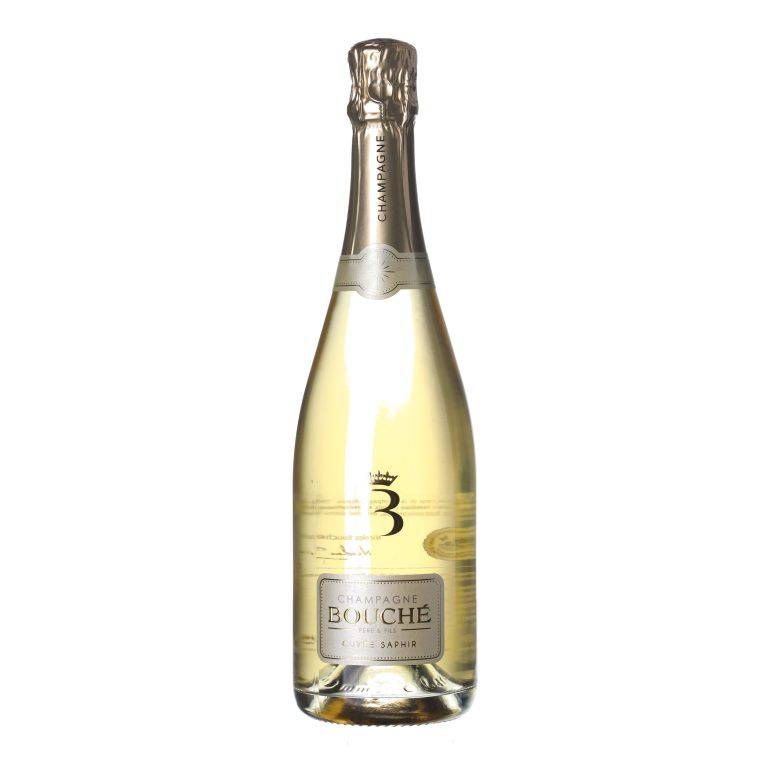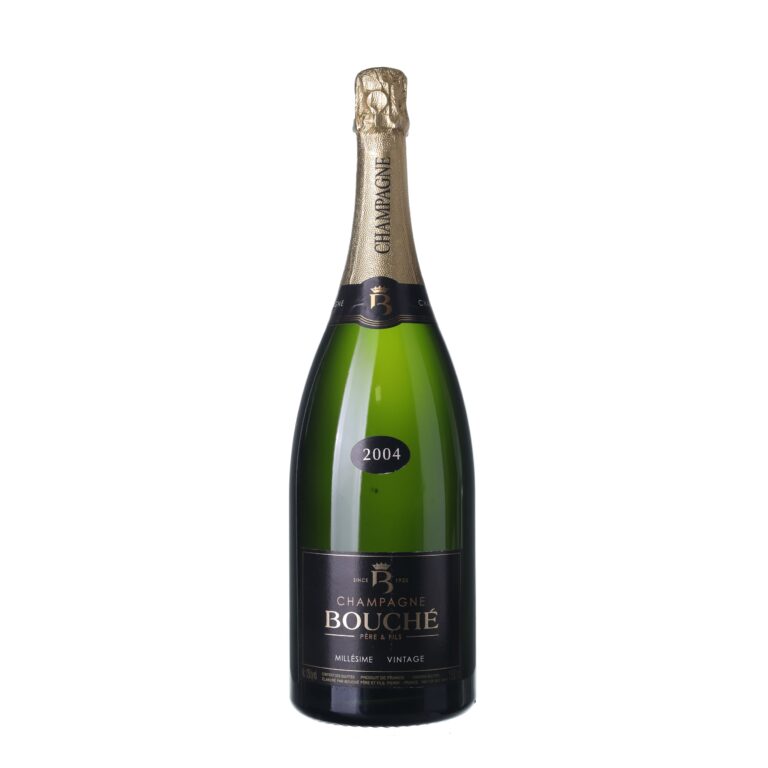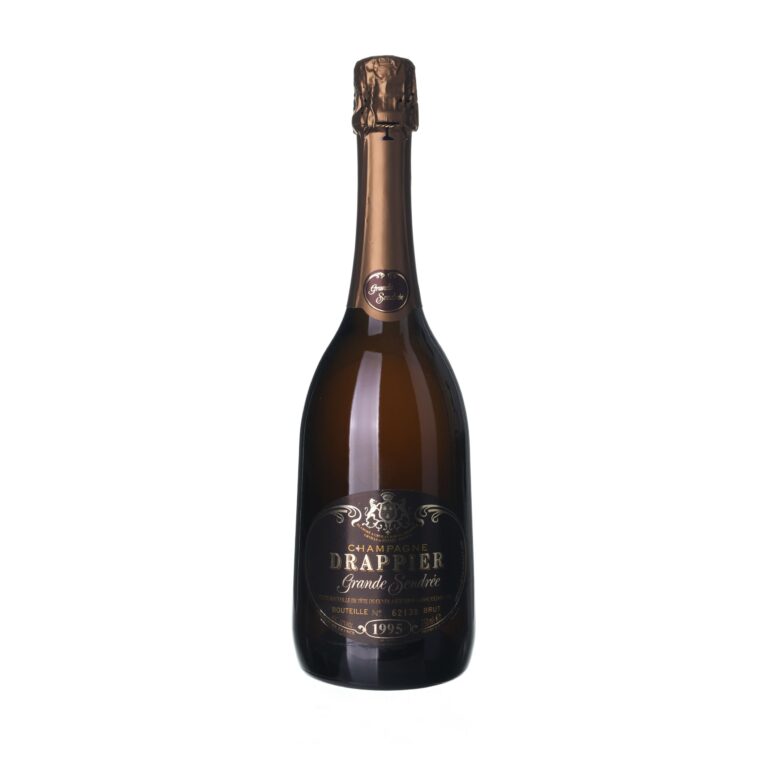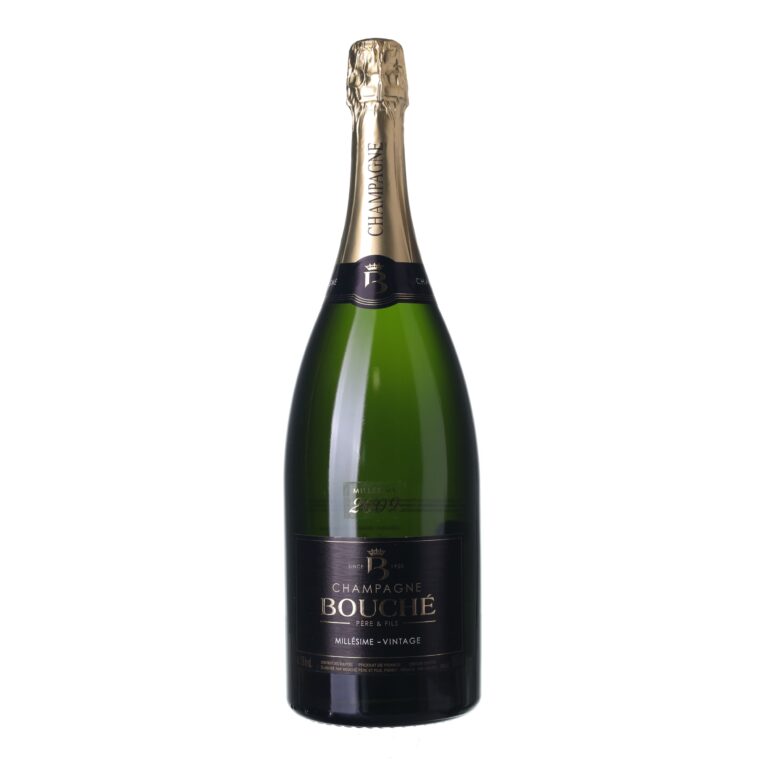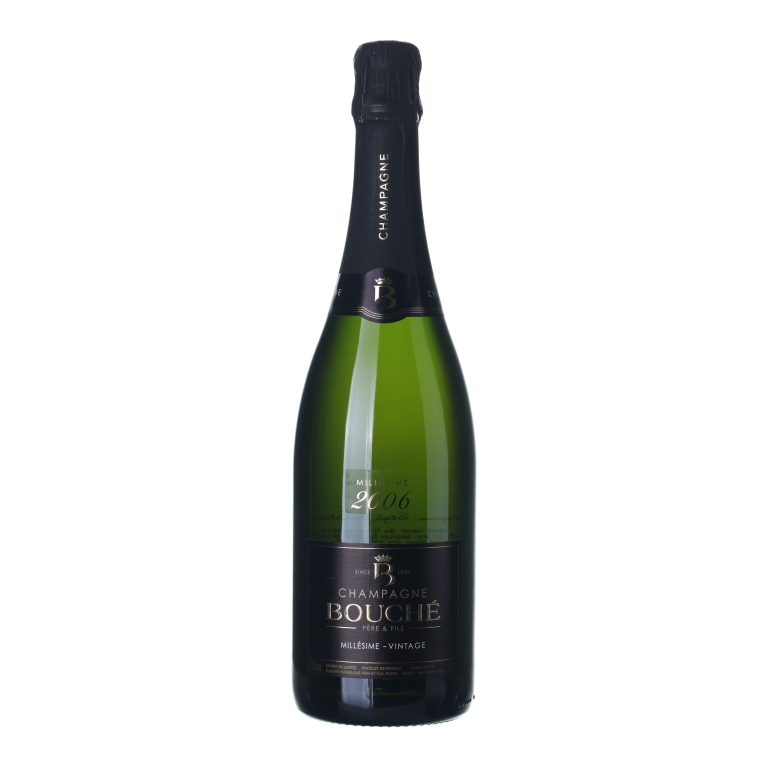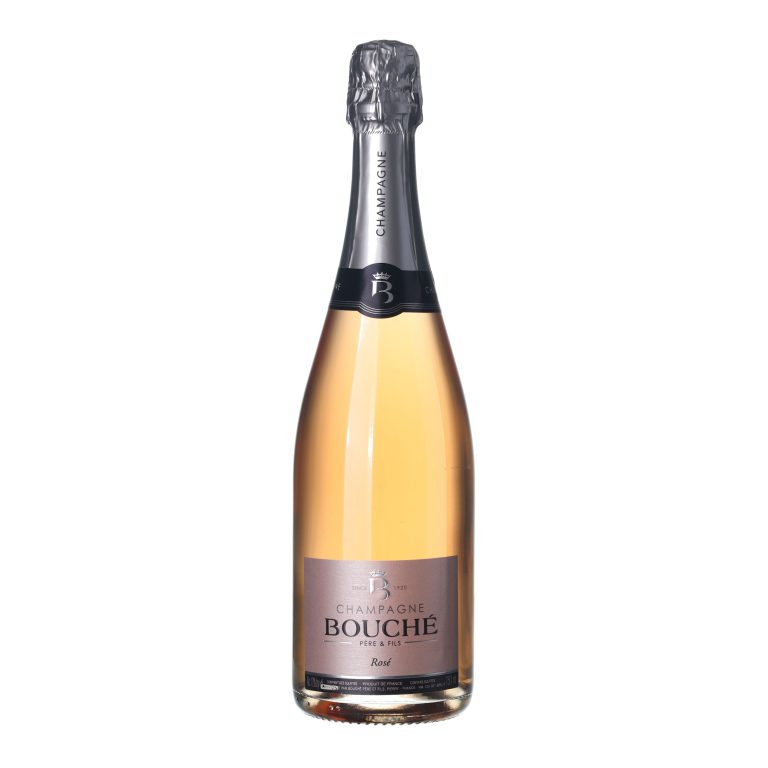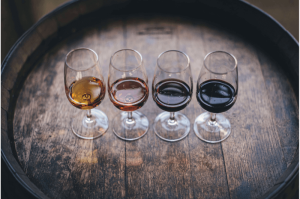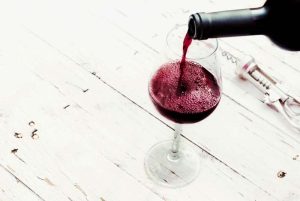Champagne: the story of sparkling wine
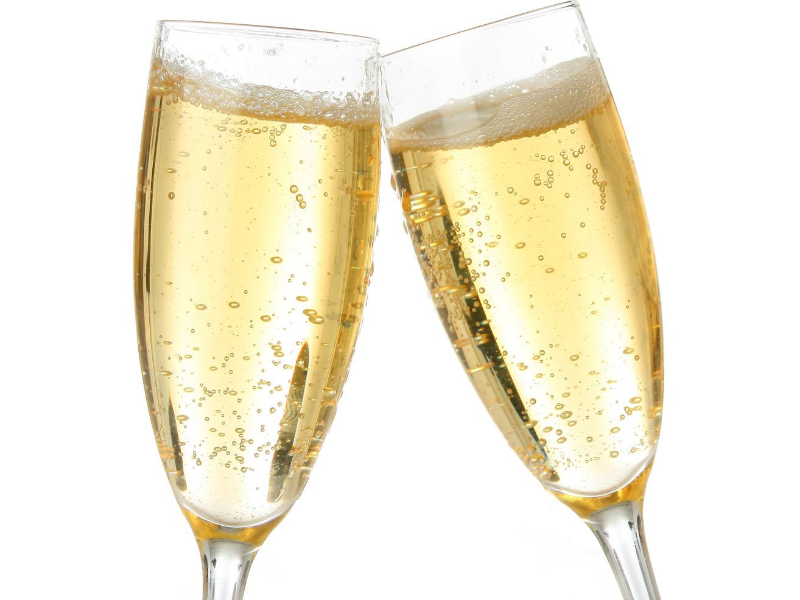
Champagne wine – a synonym for luxury and elegance – it’s a frequent companion at important celebrations and other significant events. In today’s article, you’ll find out how this popular bubbly drink reached its place in the sun and what kind of work is involved in making it.
The magic of champagne lies in its uniqueness. Only sparkling wine produced in conformity with strict conditions in the relatively small French wine region of Champagne can rightfully boast of the name. It’s a perfect aperitif and excellently suited for pairing with food. It’s a perfect complement to every occasion and celebration. Victorious Formula 1 drivers might know something about that.
An interesting fact: There is a street in Champagne called Avenue de Champagne – and it’s one of the world’s most expensive streets.
How Champagne became the essence of the stars
The combination of cooler weather and limestone subsoil substantially contributed to Champagne wine’s success. This kind of soil is excellent at draining excess water away while leaving enough moisture for the vines. The soil additionally contains calcium, which supports a high acid content in grapes.
According to legend, the discovery of champagne was greatly aided by the Benedictine monk Dom Pérignon, but it was entirely accidental. He was the first to blend various wines and let them undergo a secondary fermentation together. During the second fermentation the mixture began to bubble, and because of the bubbles and the pressure the bottles in the cellar began to explode. The monk tasted the wine and immediately enthusiastically described it as the “essence of the stars”.
The grape varieties certified for making Champagne are Chardonnay, Pinot Noir, and Pinot Meunier. The must that is created from the hand-harvested grapes is subject to very strict monitoring. According to the law, it’s necessary to use 160 kg of grapes to press 100 liters of must in order to use the appellation of Champagne.
Celebrate any kind of significant event with Champagne wine from the family winery Champagne Bouché. Their wines mature in bottles for at least four years and they come from one of the best terroirs in the region.
An interesting fact: The famous model and fashion designer Coco Chanel allegedly said: “I only drink champagne on two occasions. When I am in love … and when I am not.”
How is Champagne wine made?
The classic method for producing champagne is called “Méthode Champenoise,“ and it consists in the wine undergoing a secondary fermentation in its bottles.
After the first fermentation, the base wine is blended with other wines from various vineyards and vintages – this process is called assemblage.
Next comes the tirage stage: the wine is poured into bottles and a tirage liqueur, which is a mix of sugar and yeast, is added. Thanks to this tirage liqueur, a second fermentation takes place inside the bottle.
After it has reached its optimum maturity, the bottles are shaken and the yeast sediment settles into the necks of the bottles, which are stored upside down. Then, the wine can mature undisturbed for some more time.
Using pressure, the sediments are expelled during the disgorgement step.
In order to make up for the volume of wine lost in the last step, the bottle is then topped up with a liqueur made from a mixture of base wine and sugar – this stage is called dosage and it influences the wine’s final degree of sweetness. After the dosage, the wine still has to rest for a while.
Classification of Champagnes according to their residual sugar content
We already said that the taste of Champagne wine is influenced by the amount of residual sugar in it, which is a result of the last stage of its production – tirage. We distinguish the following types of Champagne according to their sugar content:
Brut nature – no sugar was added to it after the second fermentation, and it contains less than 3 grams per liter.
Extra Brut – the wine’s residual sugar content ranges between 0 to 6 grams per liter.
Brut – the residual sugar content is lower than 15 grams per liter.
Extra dry – the residual sugar content ranges between 12 and 20 grams of sugar per liter.
Demi-sec – the wine’s residual sugar is somewhere in the range between 33 and 50 grams per liter.
Doux – these wines contain as much as 50 grams of residual sugar per liter.
How can we further distinguish champagnes?
Non-vintage Champagne wines are created by mixing wines from various vintages, and fairly often also from different vineyards before the second fermentation. This allows a perfect harmony in the final taste of the wine to be achieved.
Two exceptions are Blanc de Blancs wine, which is produced from 100% Chardonnay and Blanc de Noirs, which is produced only using Pinot Noir or Pinot Meunieru. Other Cépage Meunier designations are given to wines that are made only using Pinot Meunier grapes.
Vintage Champagne wine is made from grapes that come from the same vintage. However, it’s still a blend of different varieties and vineyards that the grapes came from. Vintage wines are made exclusively from exceptionally good vintages.
Cuvée is a designation for a Champagne blended from two or more grape varieties of outstanding quality.
Cuvée de Prestige is made with grapes from the vineyards classified as Grand Cru.
Rosé Champagne can be either vintage or non-vintage wines. A small amount of non-sparkling red wine is added into rosé Champagne wines.
Select wines. In your email.
once every month. You can look forward to our recommendations, interesting content, and great offers for your archive for your archive.
By sending an email you agree to the Terms and Conditions for Protection of Personal Data
